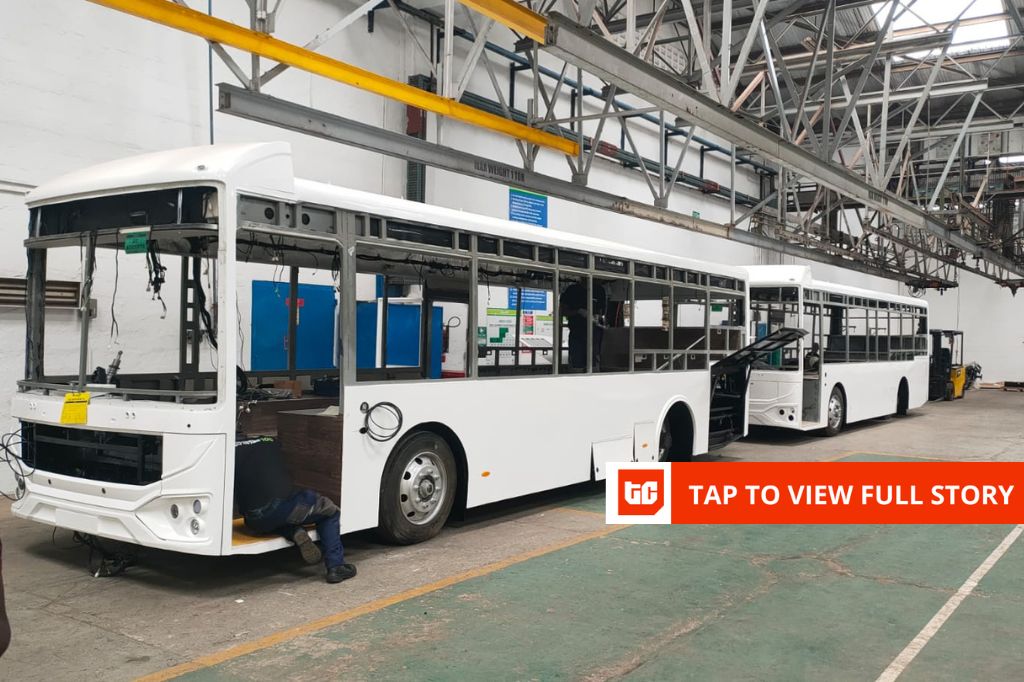For days, our screens have been filled with the fires of the escalating war between Israel and Iran. What many observers hoped would be a limited, one-day operation has spiralled into a wider conflict, with daily reports of missile attacks and devastating airstrikes.
The stated objective from Israel and its Western allies, particularly the United States, is to destroy Iran’s nuclear facilities and permanently stop the regime in Tehran from acquiring an atomic bomb.
The intensity of this effort speaks to a deep-seated fear in Western capitals. For decades, a coalition of nations has deployed crippling sanctions, sophisticated cyber-attacks, and a campaign of targeted assassinations to halt Iran’s progress in building nuclear technology. This raises a crucial question that has gnawed at my curiosity: How did Iran, a nation so isolated and targeted for so long, manage to develop a nuclear program so advanced that it is now considered a threshold nuclear state, capable of producing fissile material for a bomb in a matter of weeks?
The answer, I discovered, is one of profound and startling irony. To understand how Iran got here, you don’t start with the clandestine networks of the 1990s or the secret facilities revealed in the 2000s. You start in the 1950s, with Iran’s closest partner at the time which is the United States of America.
The Shah’s Dream, Built by the West
The genesis of Iran’s nuclear program was not an act of defiance against the West, but a symbol of Western-backed modernization. In 1957, under President Dwight D. Eisenhower’s “Atoms for Peace” initiative, Washington and Tehran signed a civil nuclear cooperation agreement. This program was design to promote civilian nuclear technology and secure Cold War allies which welcomed Iran into the atomic age.
The American partnership was not just merely symbolic. The United States directly facilitated the construction of the Tehran Research Reactor (TRR), which became the heart of the country’s nuclear expertise. In 1967, the U.S. supplied the reactor with fuel, nearly 6 kilograms of uranium enriched to 93%, a purity level now considered weapons-grade.
Under the leadership of Shah Mohammad Reza Pahlavi, who was a supporter of the west, these first steps grew into a vision of staggering ambition. In 1974, he established the Atomic Energy Organization of Iran (AEOI) and unveiled a plan to build as many as 20 nuclear power plants to secure Iran’s energy future.
To realize this dream, Iran created deep ties with Western industry. West Germany’s Kraftwerk Union, a subsidiary of Siemens, began building two large reactors at the Bushehr site in 1975. France’s Framatome was also contracted. Iran even invested over $1 billion to become a 10% shareholder in the French-led Eurodif uranium enrichment consortium, entitling it to a share of the final product.
America also contributed for the foundation of nuclear technology knowledge to Iran. In 1975, the AEOI signed a contract with the Massachusetts Institute of Technology (MIT) to provide advanced training for Iranian nuclear scientists and engineers.
The Turn: How an Alliance Became a Threat
The regime of the Shah who was trying to advance nuclear technology supported by the western world was shattered by the 1979 Islamic Revolution. The new theocratic leadership under Ayatollah Khomeini was initially hostile to the program, viewing it as a wasteful symbol of the Shah’s dependence on the West. The half-finished Bushehr plant was nearly converted into a grain silo.
The program may have died there, but the brutal eight-year Iran-Iraq War fundamentally altered the regime’s thinking. Facing devastating chemical weapon attacks from Saddam Hussein, Iran’s leaders came to see the absolute necessity of an ultimate deterrent for national survival. The atomic dream of the Shah was reborn with strategic importance to the Islamic Republic.
From that point on, the story becomes more familiar. Cut off from its former partners, Iran turned to new allies like Russia and China to rebuild and advance its program in secret. This pursuit, aimed at achieving the weapon grade Nuclear technology, is among the important factors that triggered the decades of confrontation that followed.
The West, led by the U.S., has spent the last 30 years trying to undo what it helped start. A relentless campaign of sanctions, sabotage like the Stuxnet virus, and the assassination of top scientists has been waged to dismantle Iran’s nuclear infrastructure. Yet, these efforts have often hardened Tehran’s resolve, fueling a narrative of resistance and providing the ultimate justification for needing a deterrent in the first place.
conclusion
The conflict raging across the Middle East is the violent culmination of this paradoxical history. The West’s desperate, multi-decade effort to stop Iran from getting the bomb is, in reality, a fight against a capability it ironically may have helped created in the first place.










